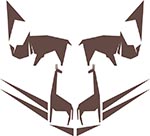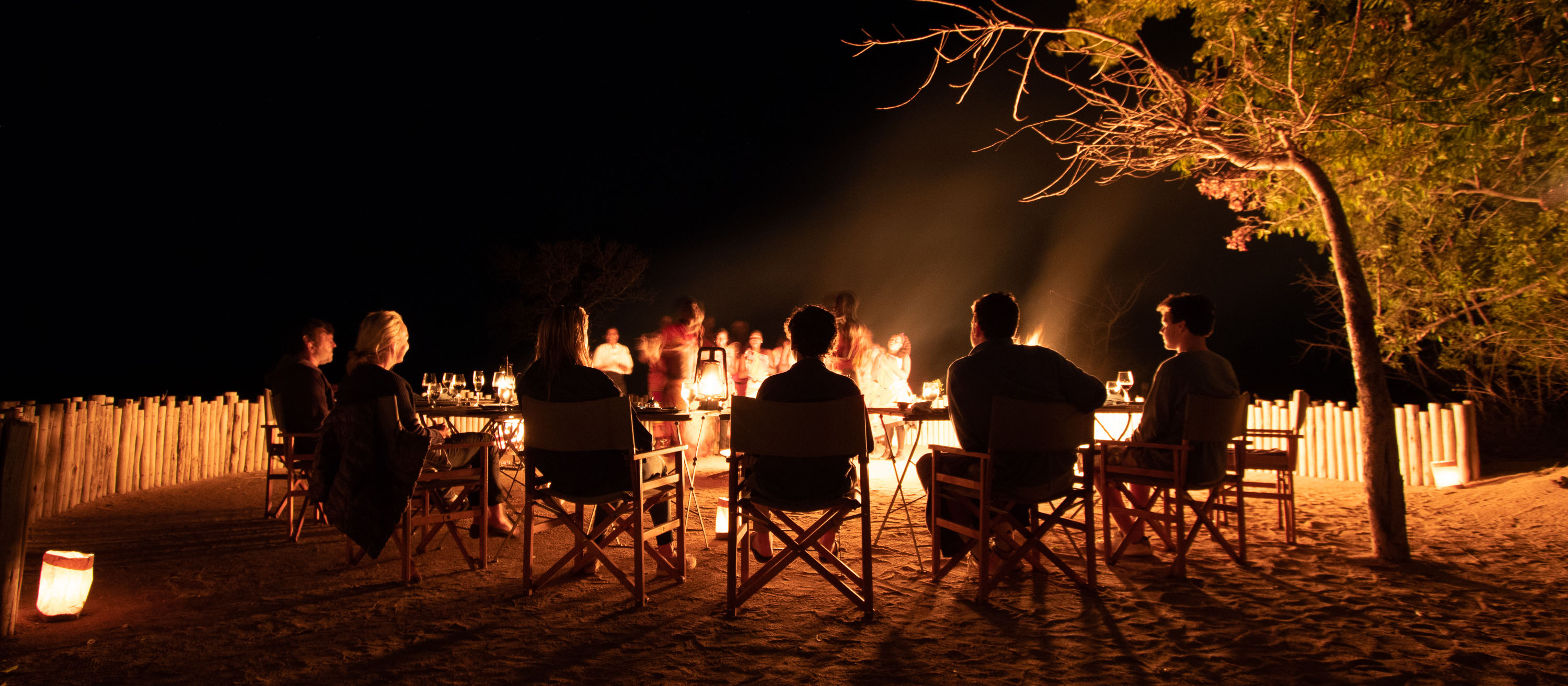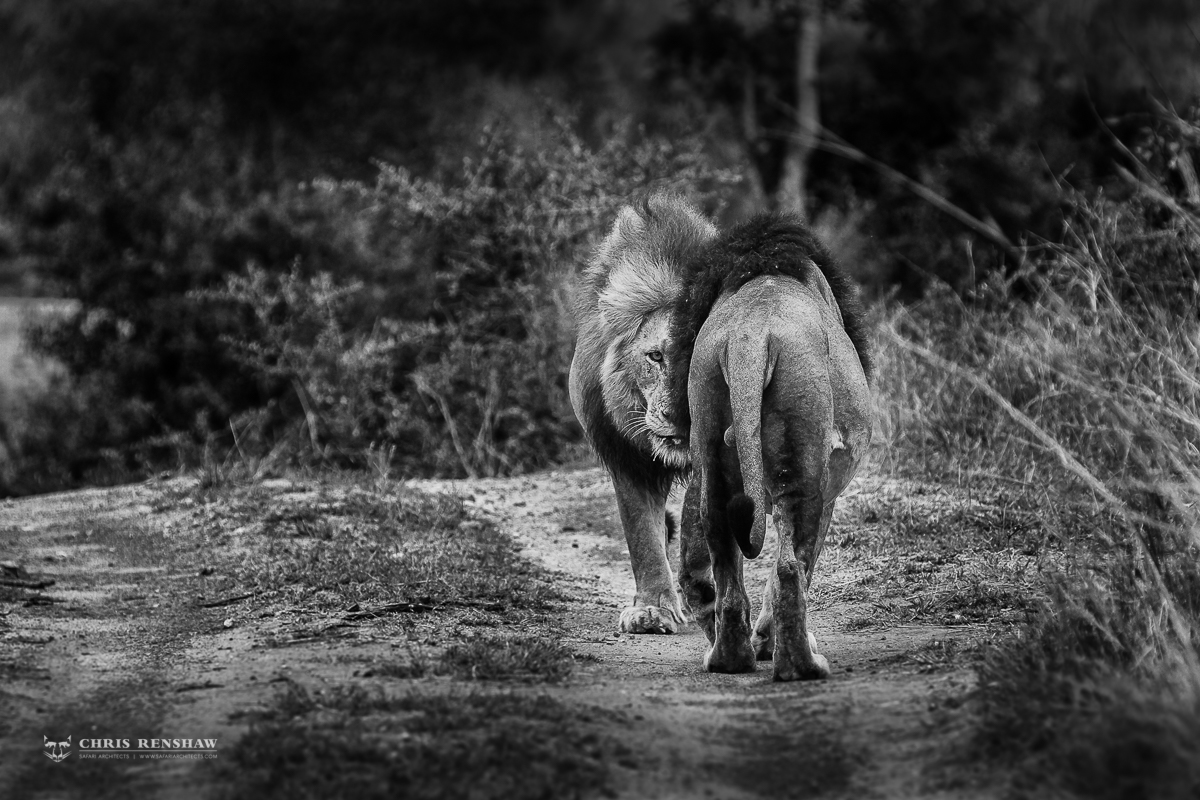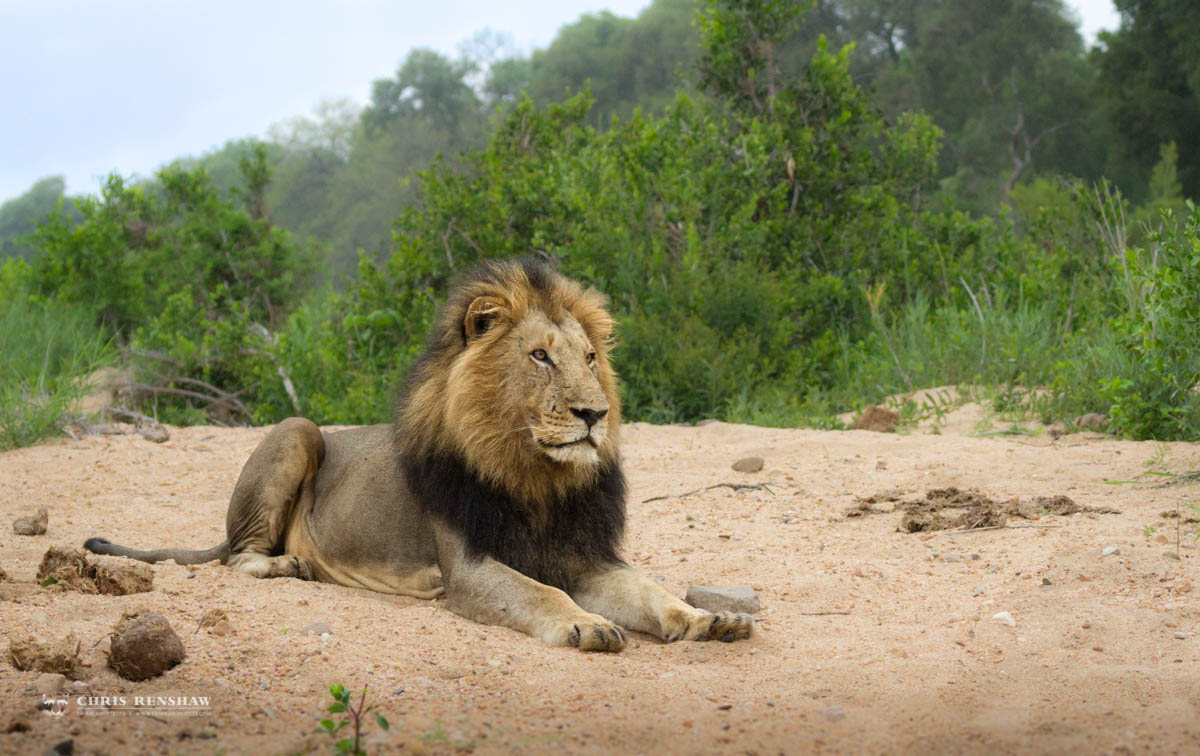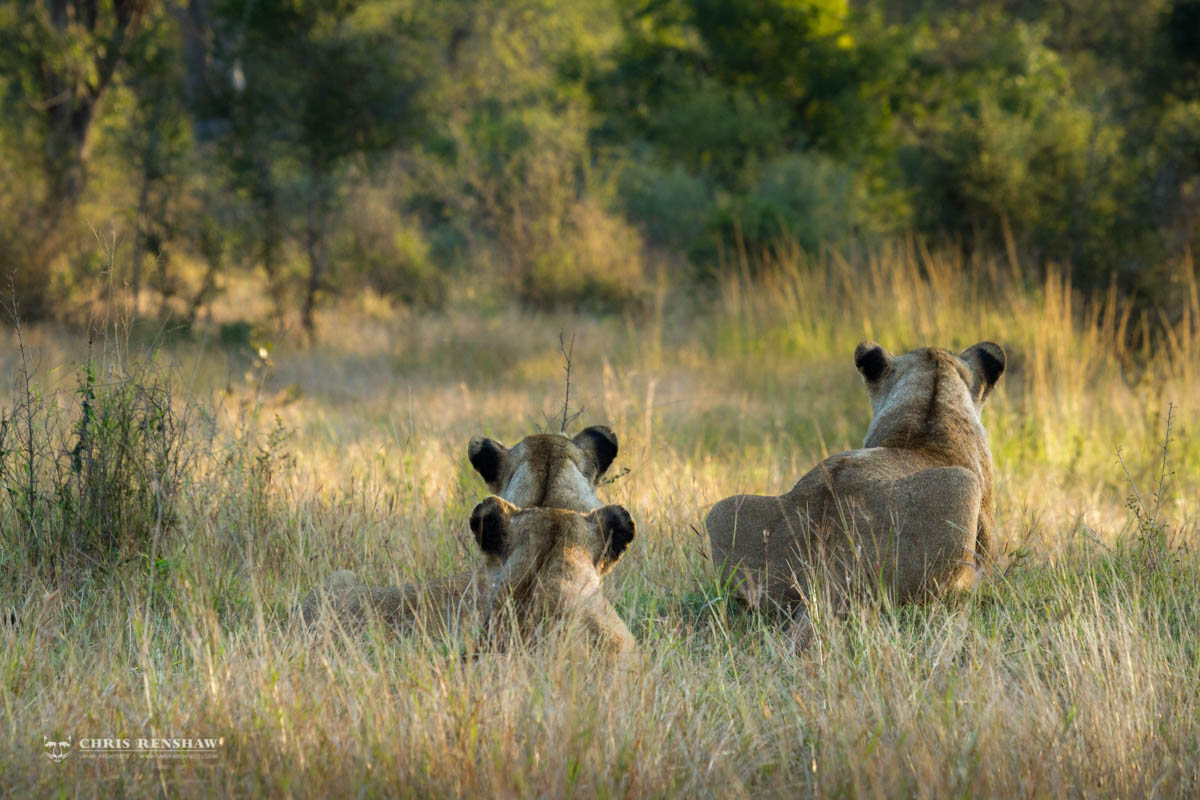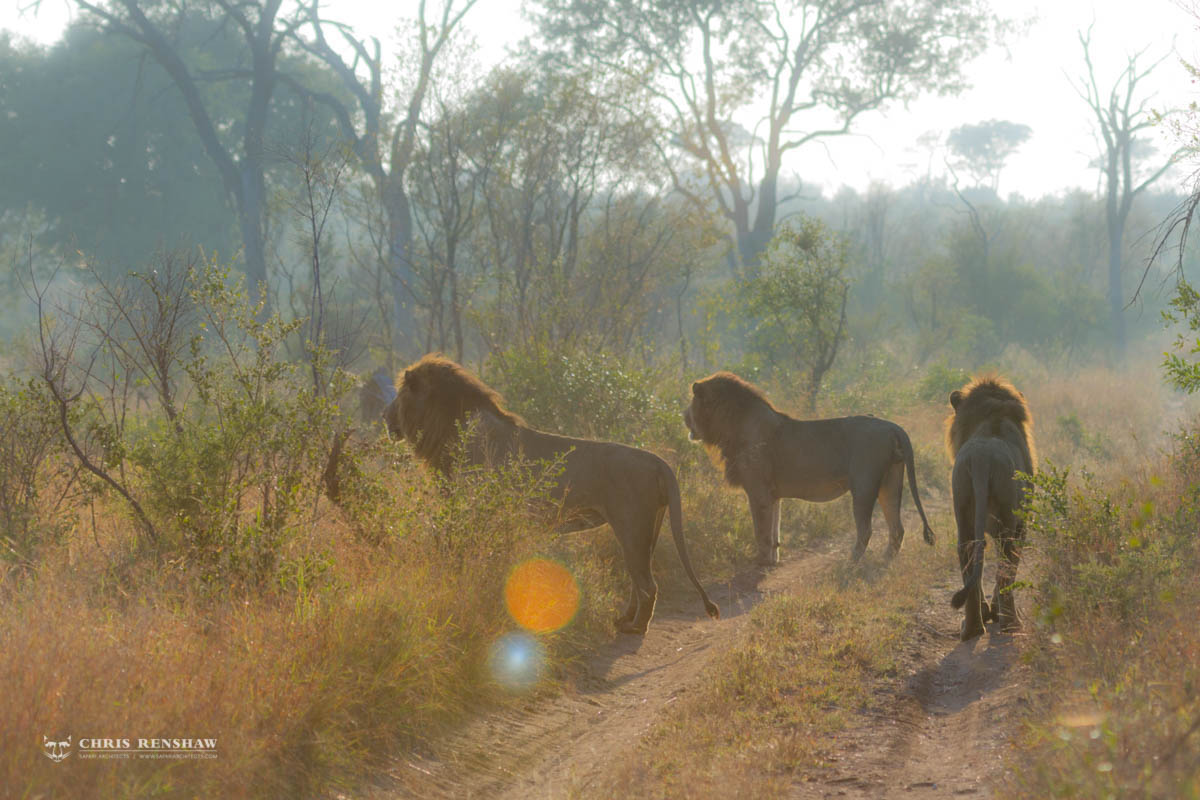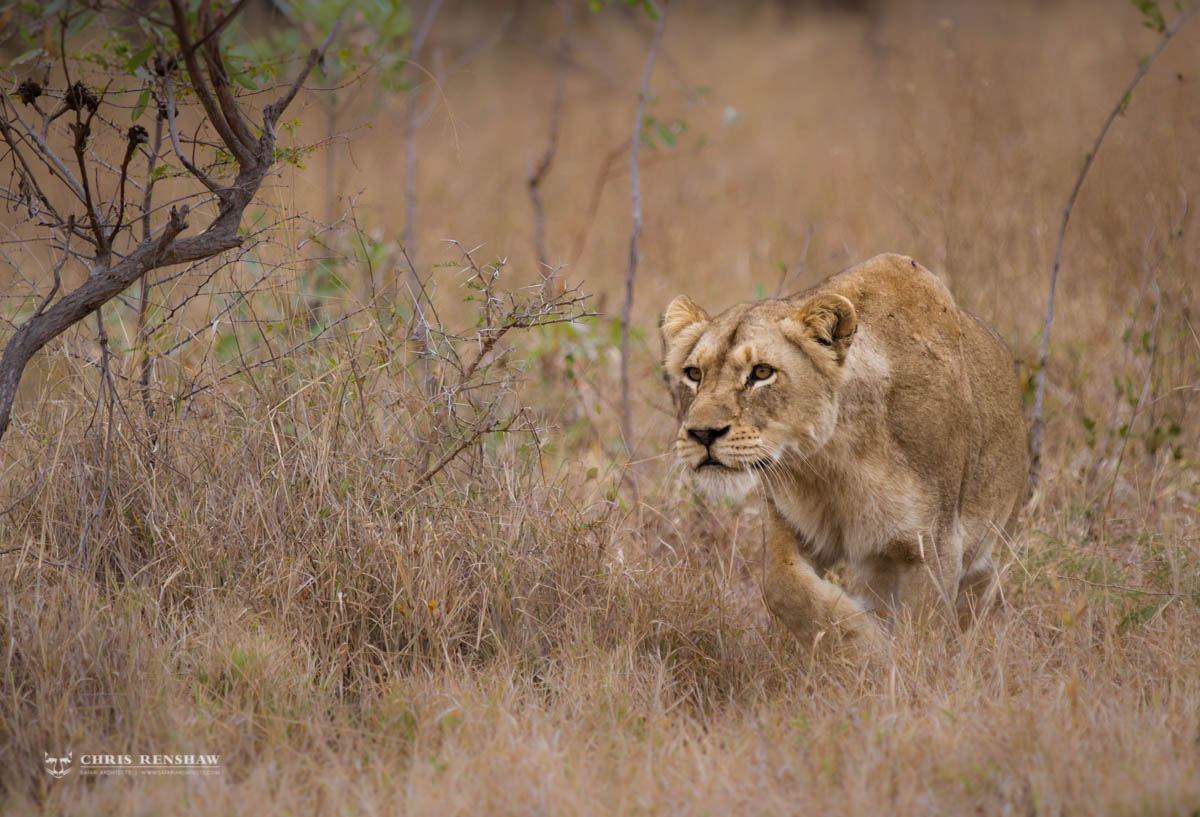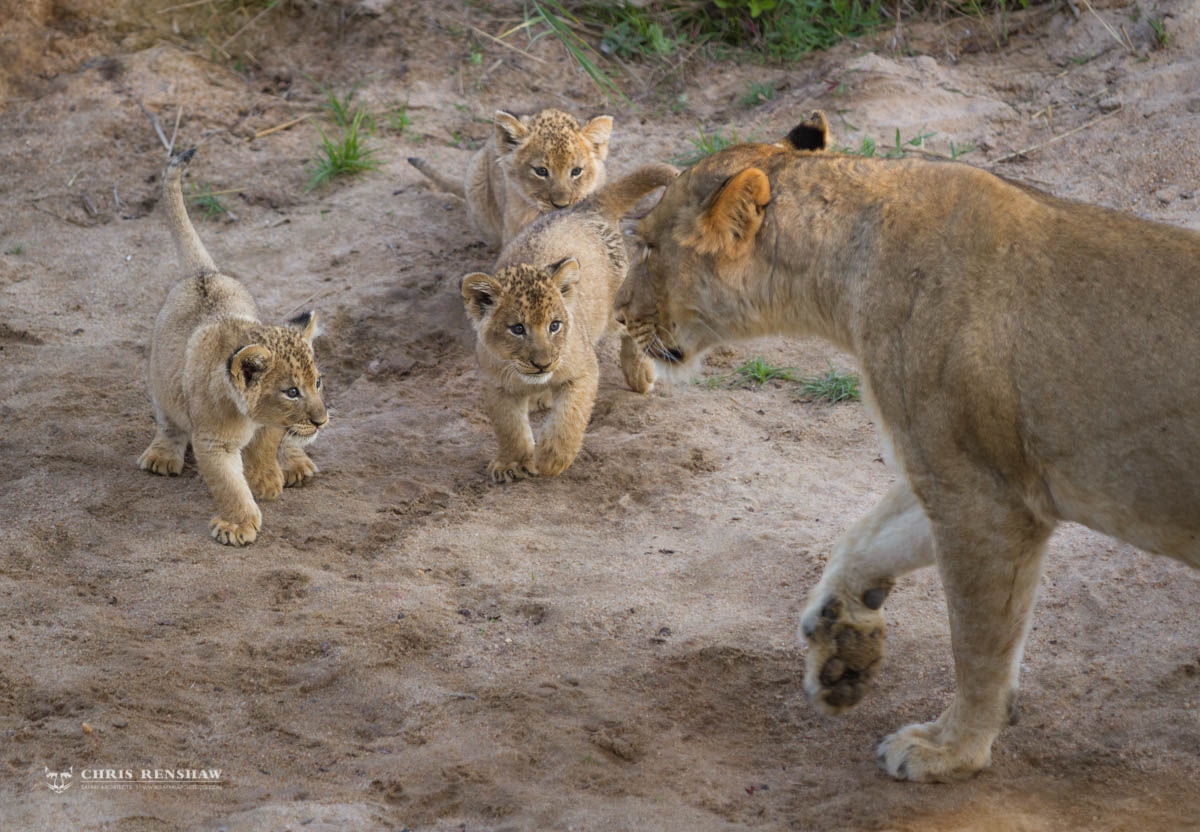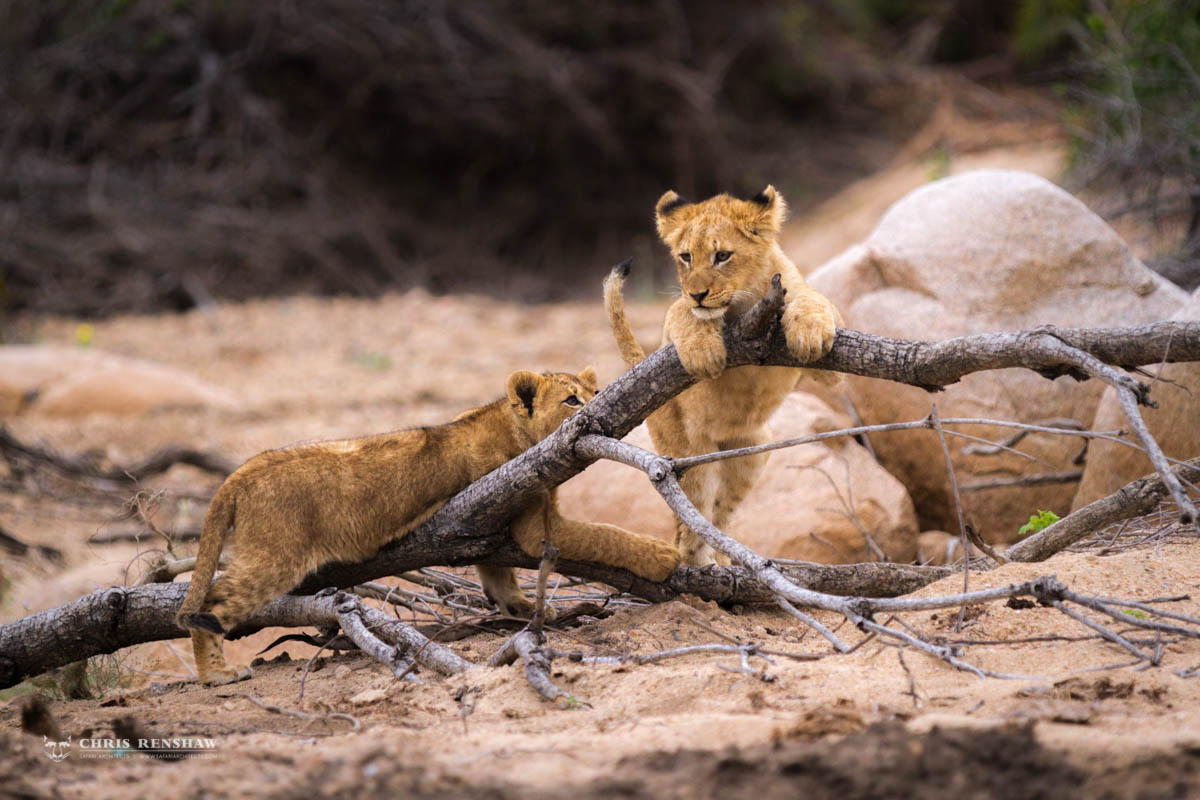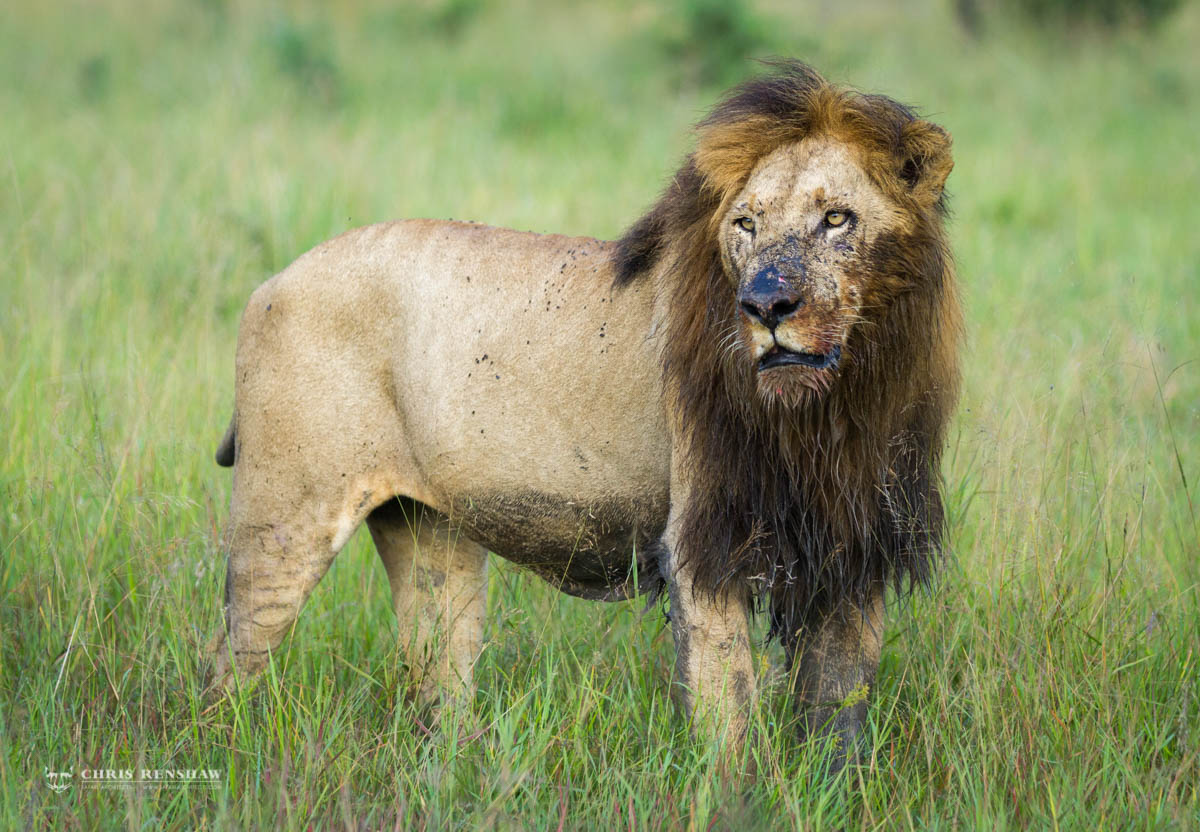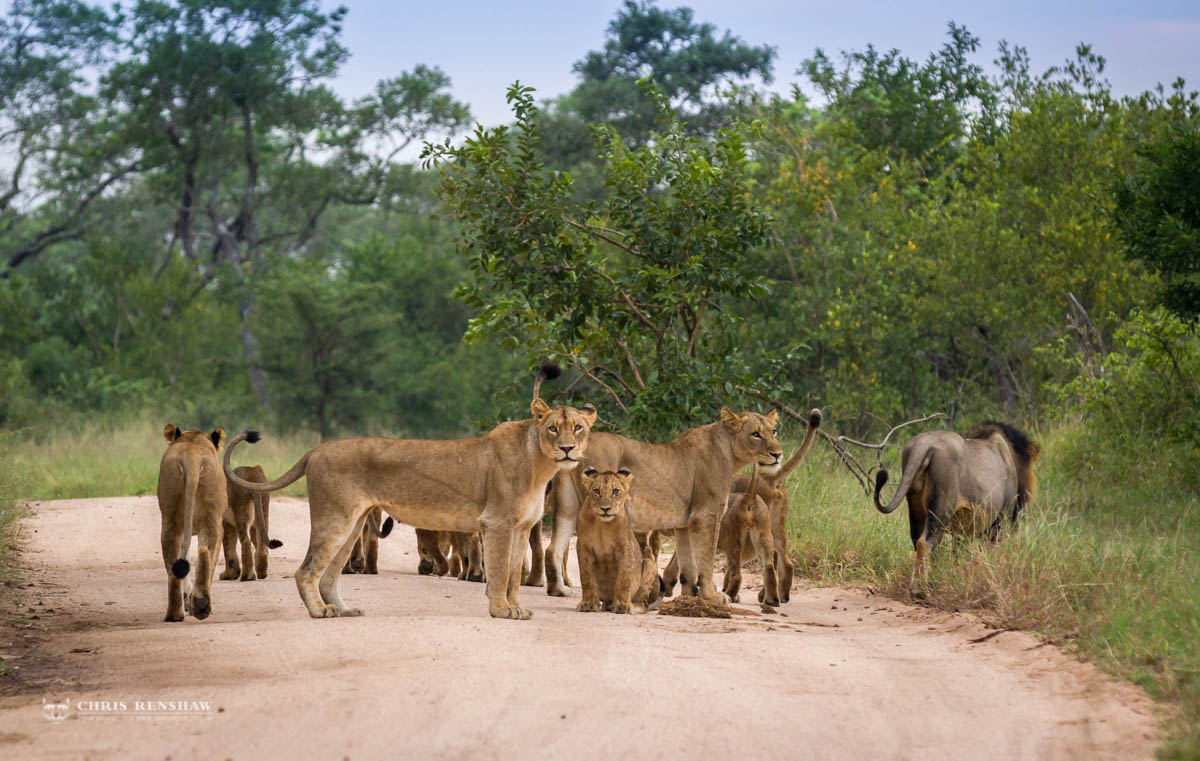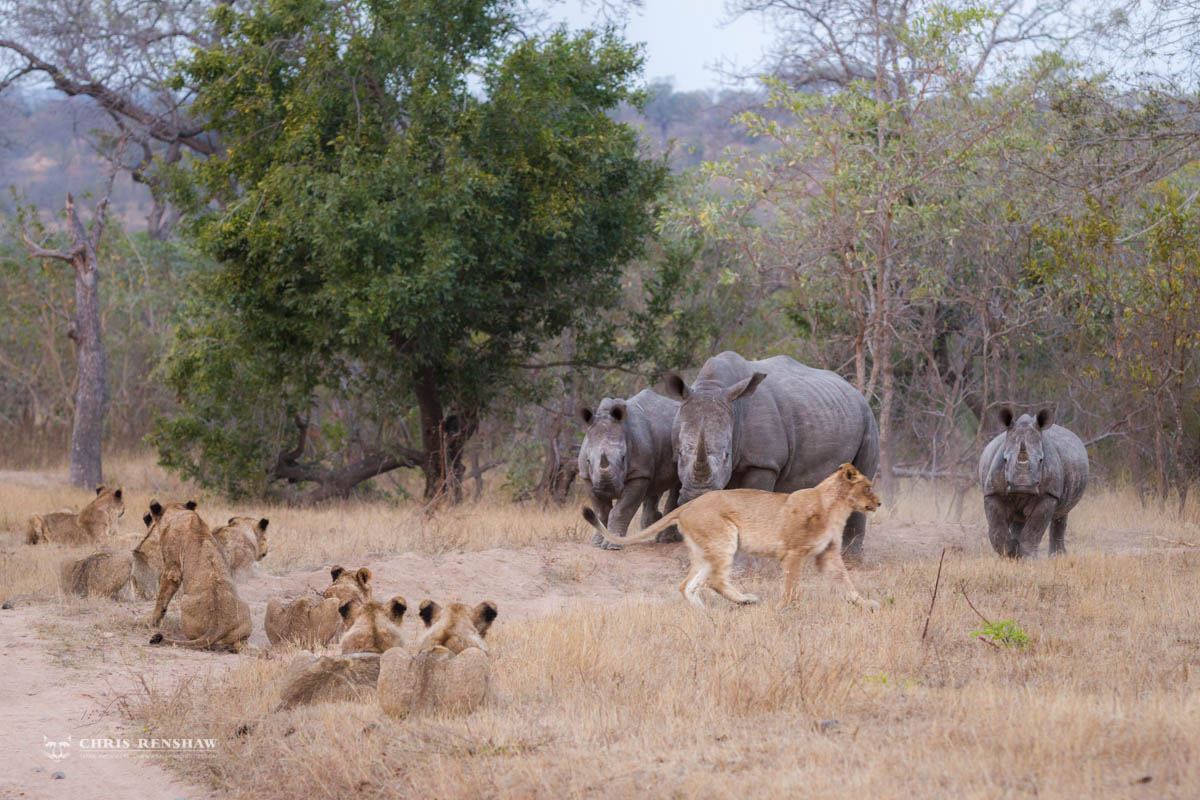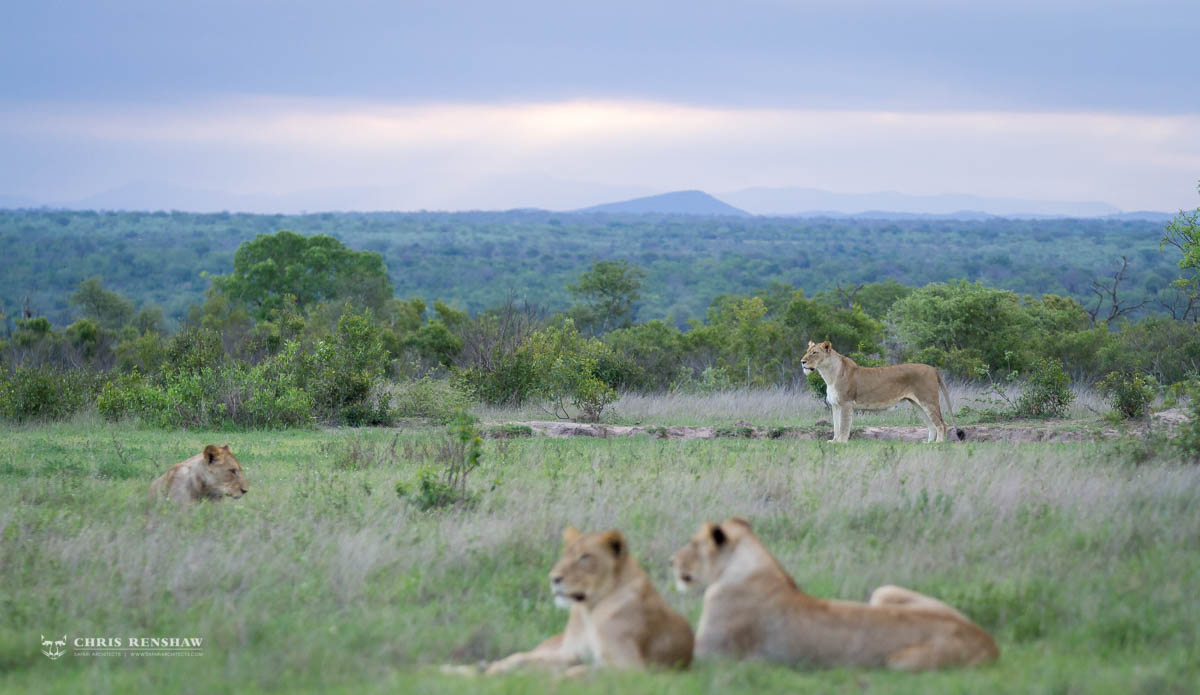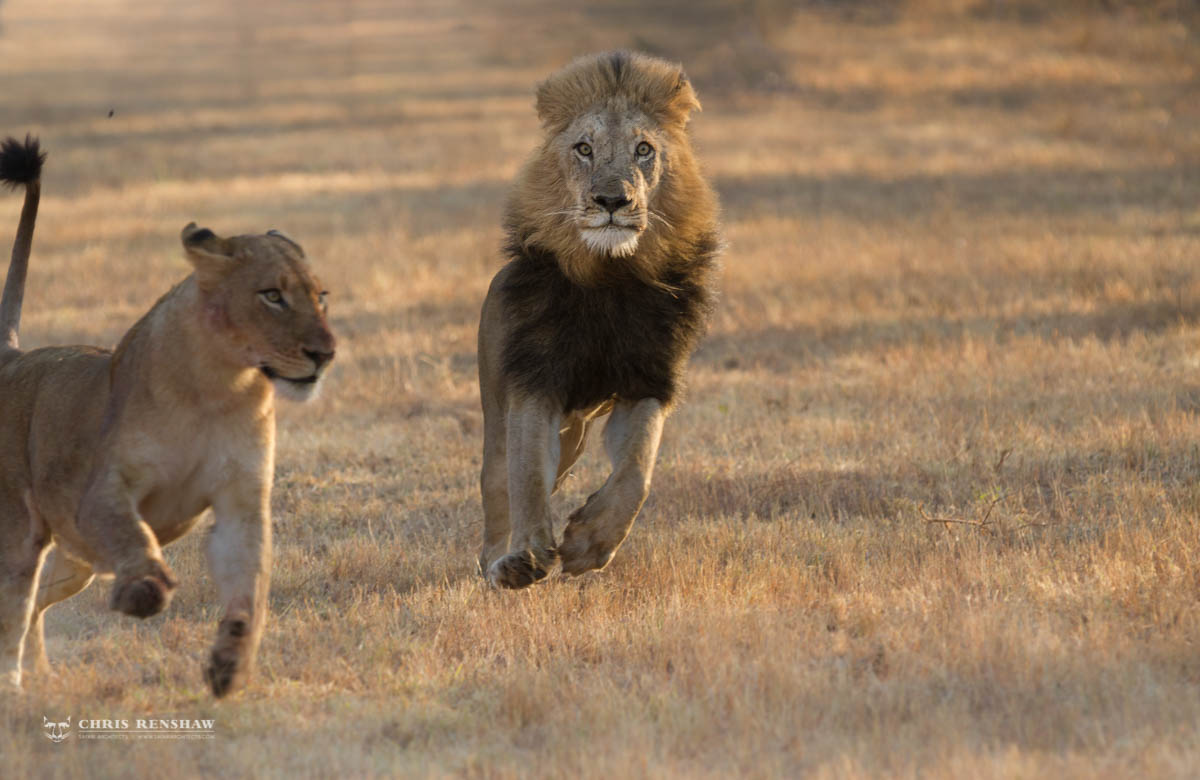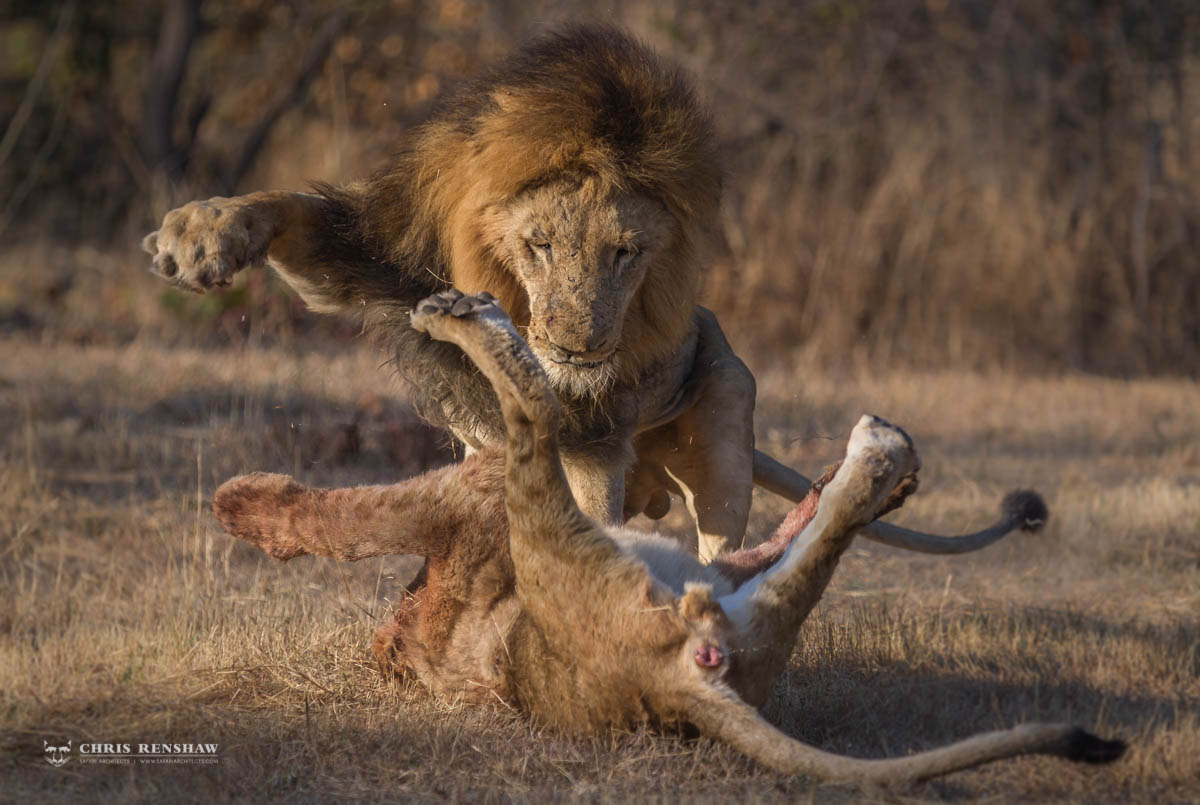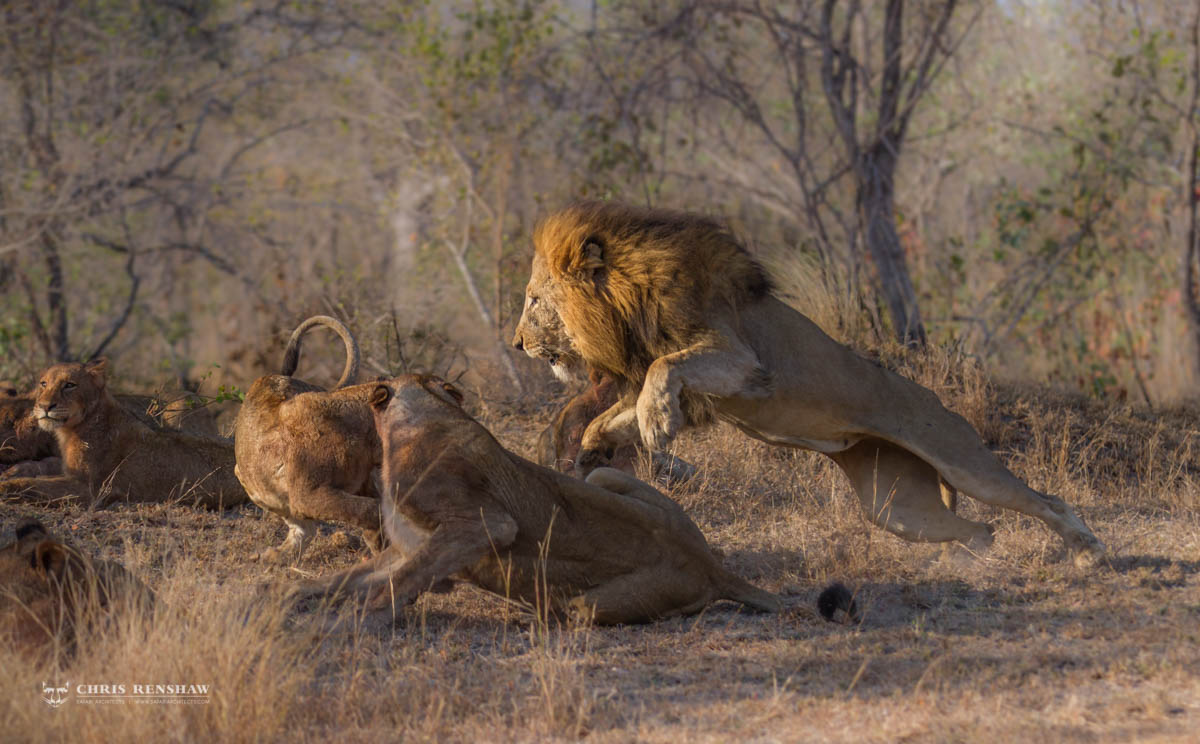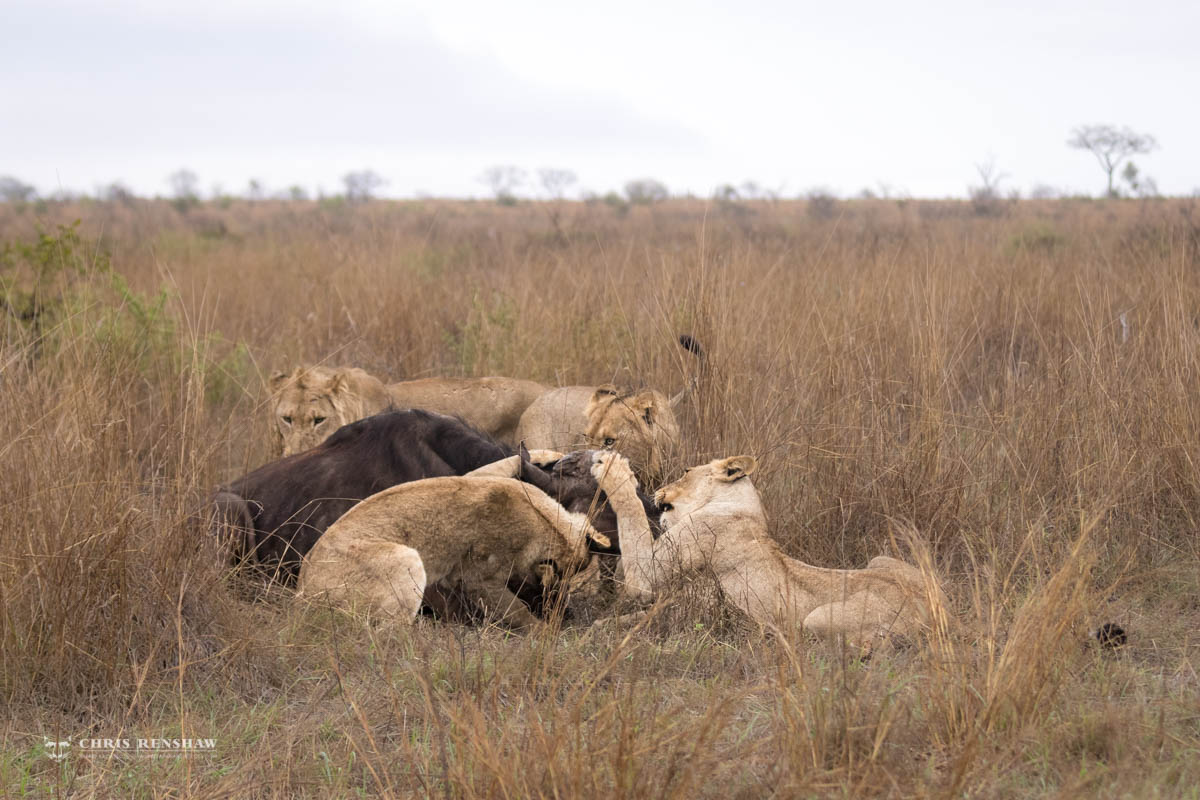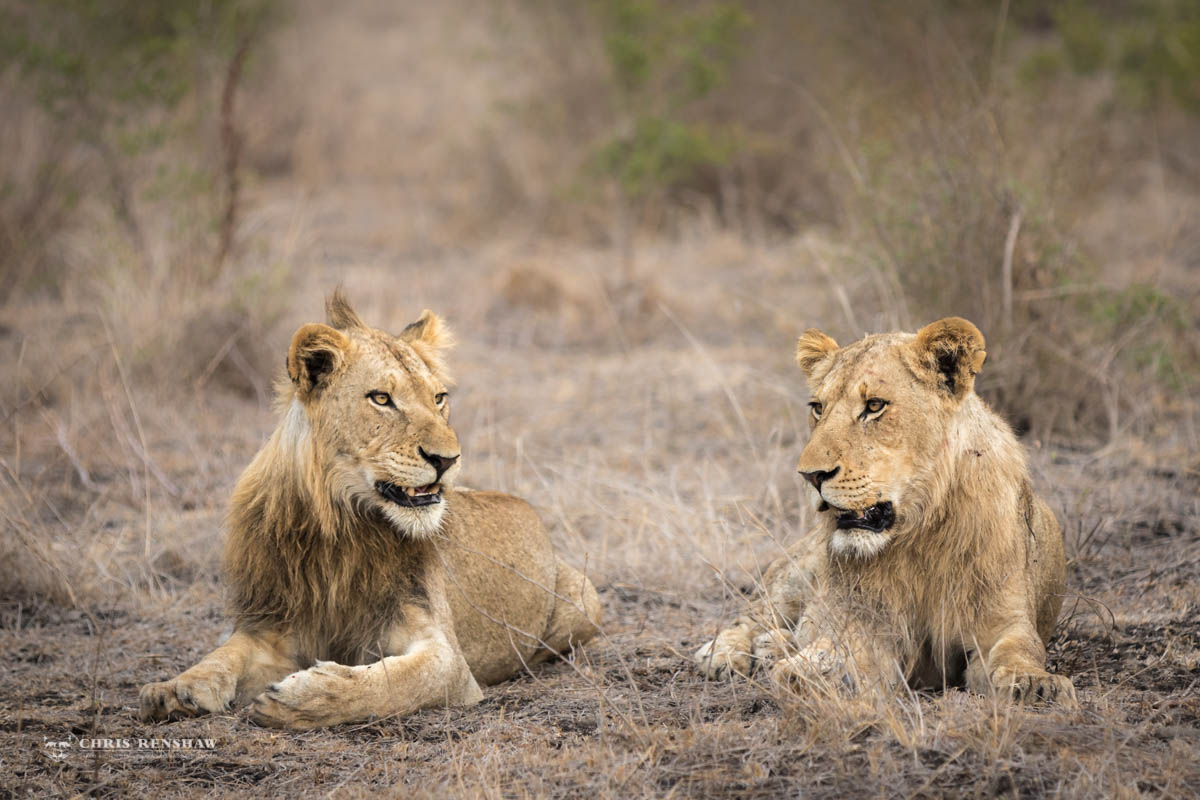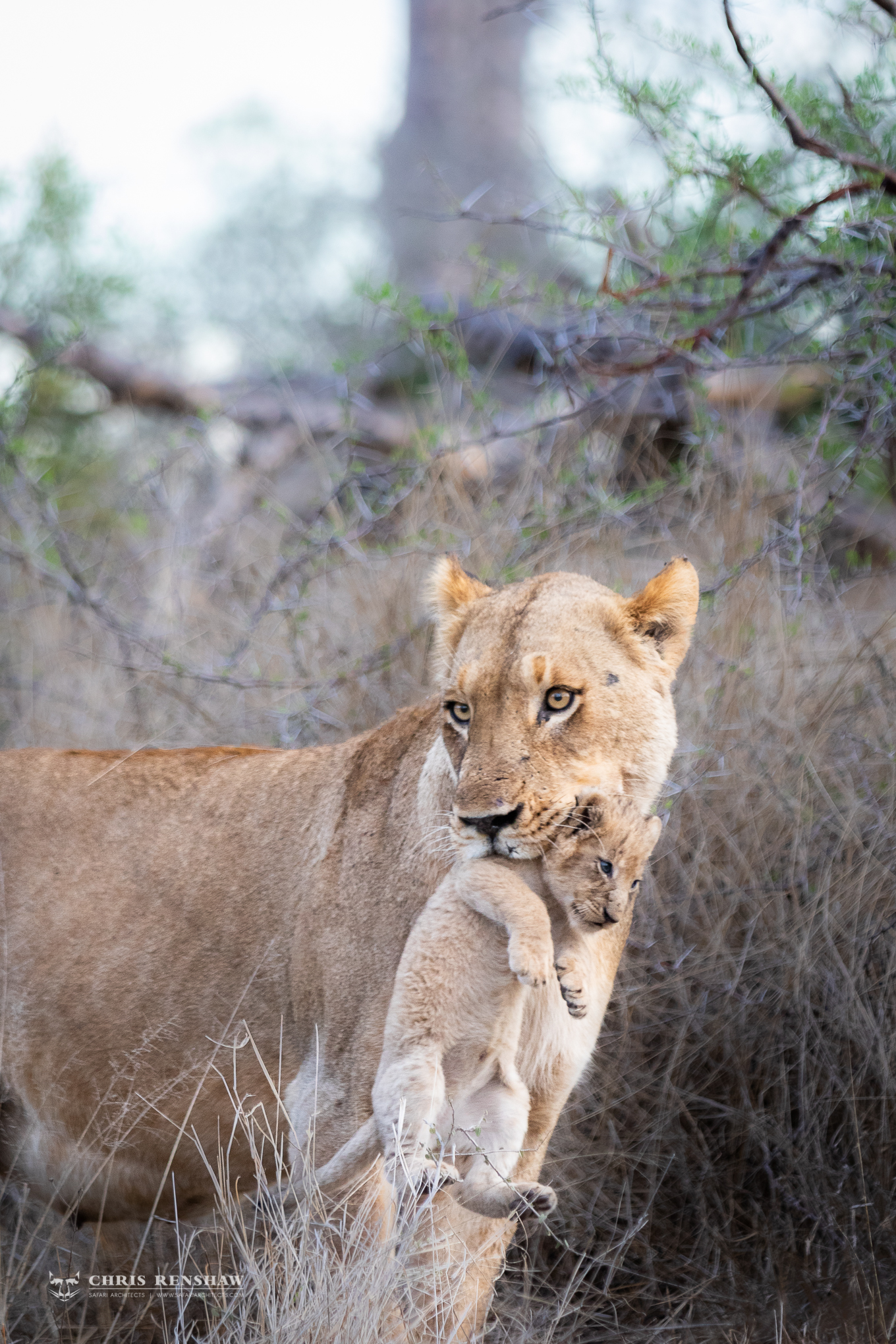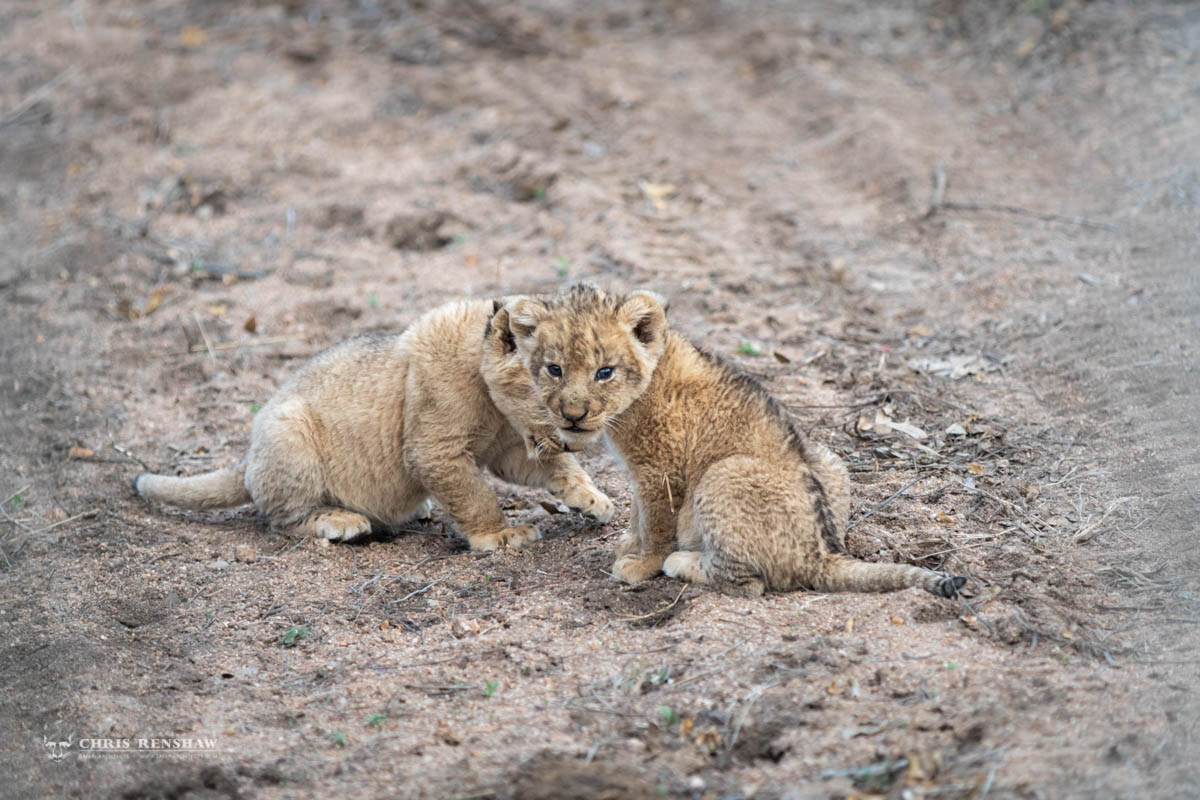A Lion Dynasty of the Sabi Sand
Lions are African icons. They represent all that is powerful and raw, yet unmistakably majestic. I think this is why we have such a fascination with them. They have the ability to change whole ecosystems and are, in fact, pivotal in natural areas where they occur. In certain reserves which we frequent, we are often able to have a clear understanding of how and why they emit certain behaviours, as we follow prides and male coalitions closely. After watching the lion feature in the recent documentary series from the BBC named “Dynasties”, I realised I have been privy to this exact phenomenon. With a few fantastic sightings I’ve recently had on safaris, I thought it would be a good idea to sum up the lion dynasty of an area very special to me. I started as guide in the Sabi Sand Game Reserve many years ago and, since then, my colleagues and I have watched with intrigue lion dynamics play out. This story will therefore follow the lions of the central Sabi Sand Game Reserve, from 2006 until the present-day.
This story begins thirteen years ago, when I started working as a guide in the Sabi Sand Game Reserve as a young, inexperienced and “wet behind the ears” lad. This was also when one of the most famous lion coalitions in Africa decided to shake up the whole dynamic of some 65 000 hectares of wild land. This coalition was called the “Mapogos”, and they paved the way for a regime shift and a genetic revitalisation. They were successful in claiming a huge territory along with many prides of lions. This did mean, however, that many lions perished due to the behavioural characteristics of males when claiming territory… in fact, over one hundred lions lost their lives. This was brutal at the time, but quite necessary in the bigger scheme of things in order to clean up gene pools and pave the way for future generations. Although extremely effective in controlling their territory, due to internal fighting amongst the males, not many cubs of theirs were to survive to adulthood. They did, however, provide the platform for lions to thrive again over the coming decades and one such thriving platform is the dynasty that I will be focusing on: The dynasty of the Tsalala pride.
After the well-documented demise of the Mapogo coalition (click here for more), there was a huge gap and blank slate to now occupy and fill. This is when the Majingalane coalition stepped up. They were, in breeding terms, without doubt the most successful male lion coalition in the Sabi Sand for the last two decades. As a result, the lionesses of all the prides they had dominion over flourished. Fortunately, we have had the great privilege of following this and most recently I was rewarded with a sighting that I have waited thirteen years for…
It starts with the Tsalala pride of the Londolozi and Singita Private Game Reserves. They were one of the very few prides that carried the Mapogo genes after their demise. They produced a litter of cubs with them that would have to dodge all incoming male lions and complicated dynamics, and they managed to raise them amid this tumultuous time. They got to an age (3 – 4 years) just in time to be seen as viable breeding lioness by the now dominant Majingalane males. Once the male lion dynamics were stable, they split from their mothers and formed their own pride around 2012: the Mhangeni pride.
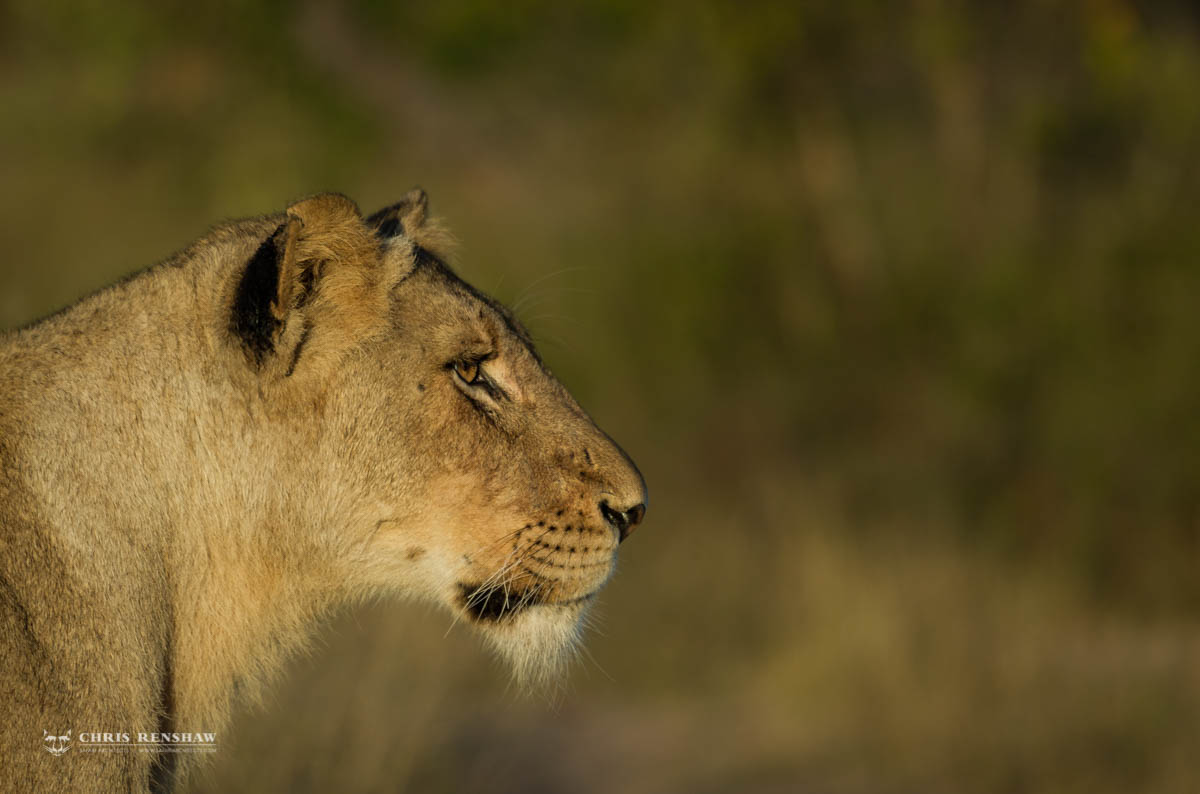
One of the adult Tsalala pride lionesses. She would not know then that her dynasties and future generations would be secured.
As they grew their territory and hunting prowess, we realised that the Mhangeni pride was very special. They were young, strong and very capable of hunting. They would often move great distances to hunt and patrol, and worked really hard at being the dominant pride of a very productive area. They owned hunting areas North and South of the Sand River, and were very much in the protection of the strong Majingalane males. Once the three females started mating, it wouldn’t be long until we would see the next generation. The Majingalaine males fathered cubs with a few other prides, but for now we will focus on this lineage and dynasty, as it is part of the Mapogo and Tsalala blood line.
I will never forget the first time I saw the cubs of the Mhangeni females. It is still one of the highlights of my guiding career. Furthermore, to have had the privilege of watching them grow up is something I will always be thankful for. In addition, who knew that these cubs I was watching in 2013 would give me another highlight in 2018? Read on…
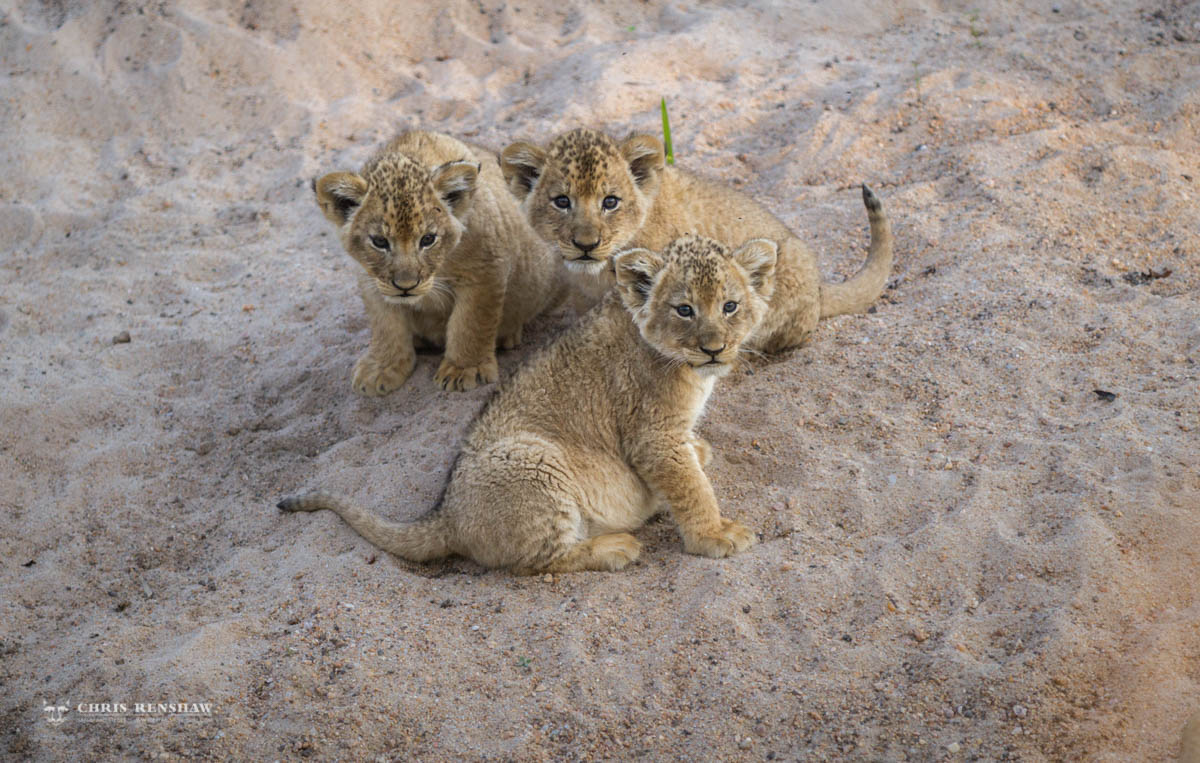
The Mhangeni lionesses produced a couple of litters all around the same time. Who knew these cubs would become the Ntsevu pride and be just as dominant as their mothers.
Over the next few years this pride prospered. With nine cubs in total, six females and three males, they were a force to be reckoned with. The cubs grew fast, and were safe due to their fathers being such impressive custodians of the territory they won. The pride and coalition provided us with some phenomenal sightings and, as they grew, the strength of the pride increased. The cubs started to join in hunting forays bringing down large game such as buffalo, giraffe, male kudu and wildebeest. It is the time in any lions life where all seems easy. This would inevitably change, as with anything, growing up comes with consequences and new responsibilities.
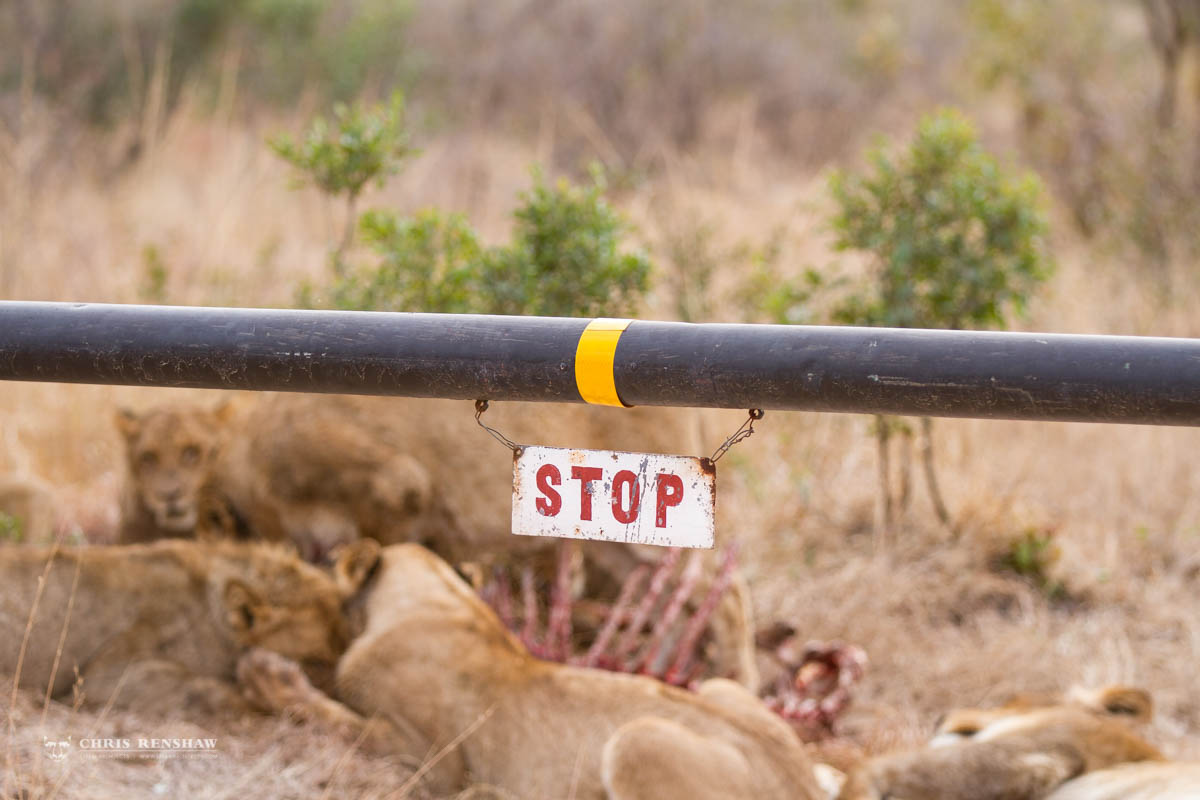
STOP… An ironic and interesting sighting of the whole pride feeding on a carcass at the boom gate between Singita and Londolozi.
This all came a head one day when we heard a hell of a commotion in their Northern Territory. We rushed there and found the whole pride and two Majingalane males with them. They had killed a wildebeest, but the males were in a different mood. They charged in and chased them off the carcass, and asserted dominance over the whole pride. The young males especially were targeted. They were now of an age where their fathers were of the opinion it was soon time for them to make their own way in life (Follow this link for the whole sighting story).
This triggered a change, and the young males and females were often found on their own. They had learnt how to hunt and although not yet as adept as their mothers, they were getting by. I saw them kill an old buffalo cow, and straight away I realised that these lions were going to be a force to be reckoned with. Generally, the lionesess will stick with their mothers and natal pride, whereas the males will make their own way in life as is their way. However, what we have seen in the Sabi Sand over the last two decades with lionesses is that this is often not the case. If their current pride has 2-4 adult lionesses already, often the new youngsters that have grown up together will split and form a new pride. Having said this, the six sub adult lionesses of the Mhangeni pride would do just that.
The six lionesses that split, formed a new pride and took over a portion of their mothers territory. This was around early 2017 and they were to be called the Ntsevu pride (meaning “six” in the local language). They were just like their mothers: confident, strong, and (with six lionesses) great hunters! Fast forward now to 2018, and the lion dynamics have changed once again. The Majingalne males that had secured their dynasty and lineage with many prides, had now been defeated. The last male died in early 2018, and this opened the door once again for new males. In stepped the impressive Birmingham male lions, and they took over the whole territory and with that, the prides in it. This included their mothers, the Mhangeni pride and now the new Ntsevu pride.
It sounds like a soap opera, but what an awesome story to be a part of. Recently, I was at Londolozi Game Reserve and was very keen to hear and see the latest update. Now, I have been very fortunate to have seen some wonderful things in my life. One thing has eluded me though: to see a lion or a leopard lift up and move her cubs, the classic “cub in mouth” moment. Little did I know I wouldn’t have to wait much longer, as one of the Ntsevu lionesses had cubs and was about to grant me my ultimate wish. She called her cubs out, and picked one of them up… I fumbled with my camera, but managed a few shots – the new highlight of my guiding career. This was made even better by the fact that I could share it with my guests, the continuation of a journey and story that started thirteen years ago. What a memory!
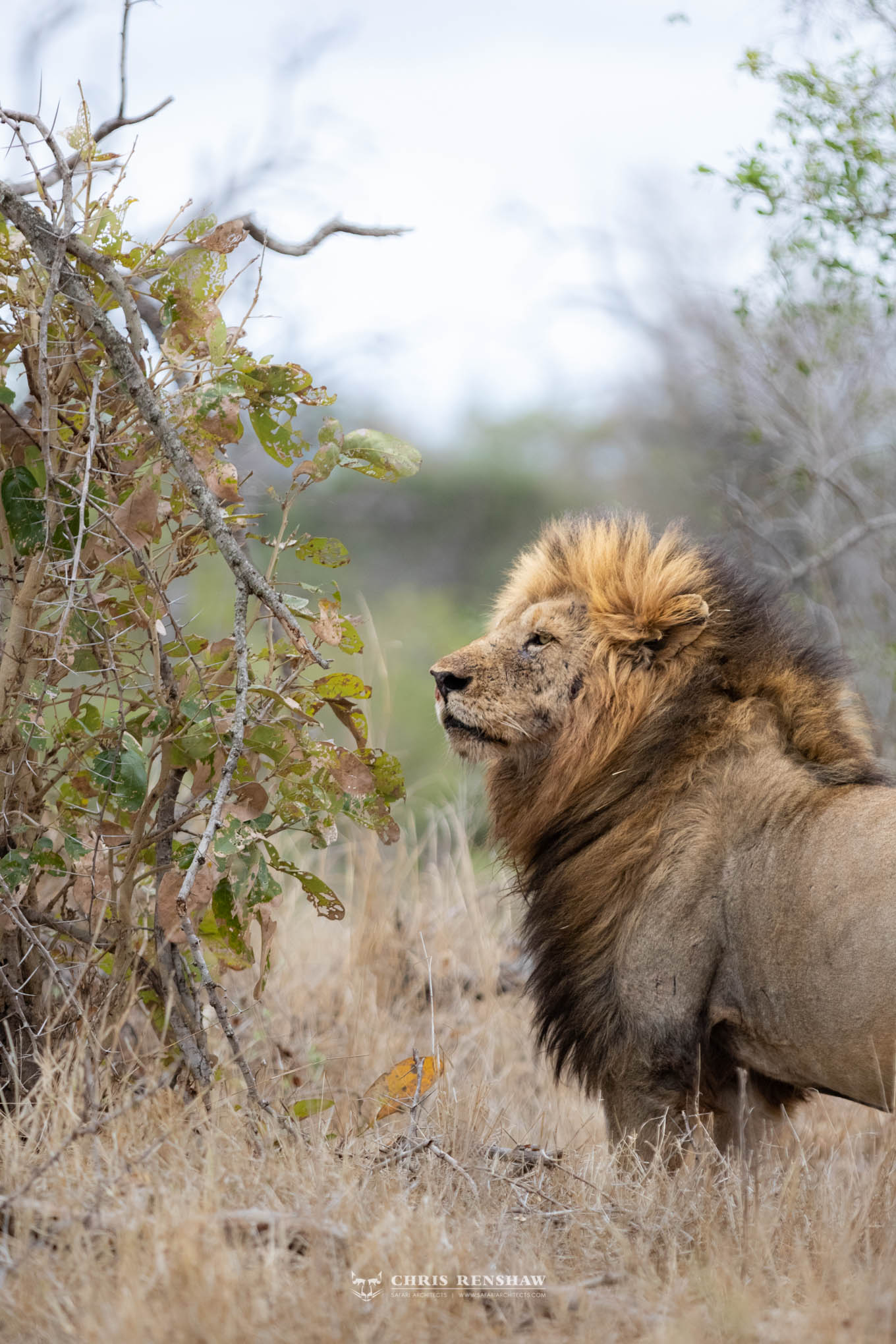
The new Birmingham males, who took over the Majingalane males, now reign supreme over the Mhangeni and Ntsevu prides.
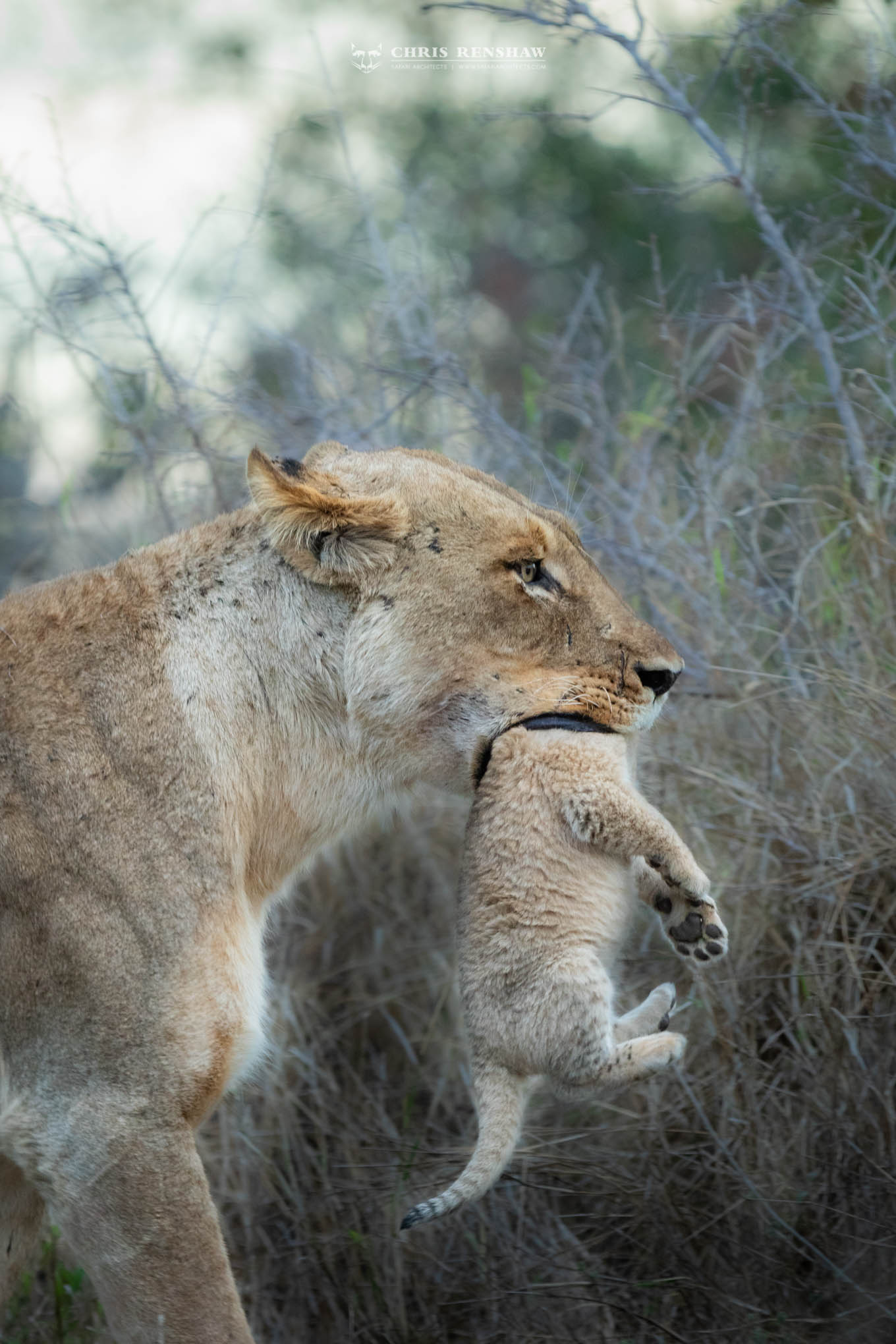
The culmination of three generations: two male lion coalitions but one female linage, the dynasties of these lions are now secured!
The last thirteen years of lion dynamics in the Sabi Sand have been humbling to watch. This would not be possible without all the guests that visit these reserves and lodges, and the tireless work of all the properties and the Sabi Sand Game Reserve to make sure these lions replica watches have a safe and wild home. This story is a great example of why we do it. The why is so important, and I look forward to being able to tell this story with new updates in ten years time!
Regards,
Chris & the Safari Architects Team.
